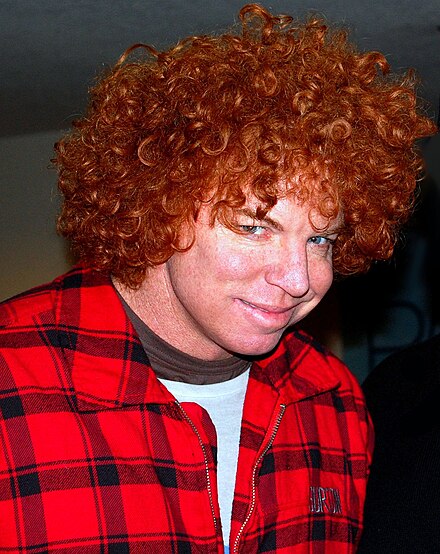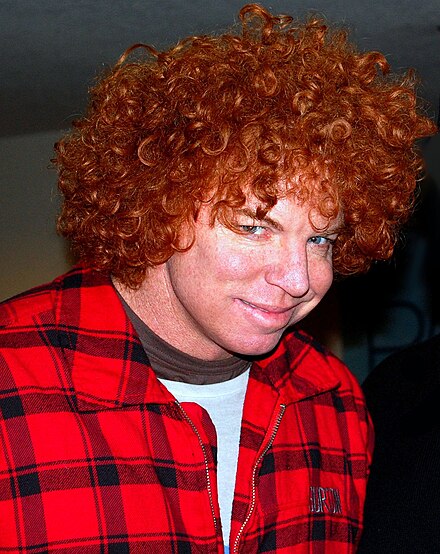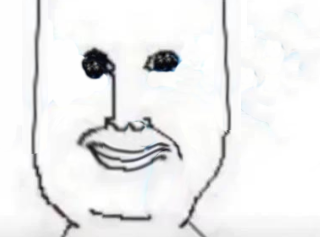I would have asked this on a math community but I couldn’t find an active one.
In a spherical geometry, great circles are “straight lines”. As such, a triangle can have two or even three right angles to it.
But what if you go the long way around the back of the sphere? Is that still a triangle?
(Edit:) I guess it’s a triangle! Fair enough; I can’t think of what else you would call it. Thanks, everyone.
Just noticed in euclidean geometry, for any two line segments touching at a point there is exactly one triangle you can draw, i.e. a triangle is uniquely described by any two of its legs. In spherical geometry, there are two choices for the third leg!
Yes and I hate it >:(
Doritos are triangles so sure
I’m not asking about a Dorito shape.
I’m sorry for your loss
Would the southern shape here also qualify as a triangle?
What if you went the short way instead of the long way, creating the spherical triangle people usually use - then is the “outside” portion of the triangle itself another triangle?
I didn’t even think of that. Another good question!
Yes, that would be a different triangle. If you have 3 points on a sphere, there are multiple triangles that contain them as vertices.
Spherical geometry - good times…
Yep, it’s a triangle. You can also make one with three right angles on a sphere!
The wonders of non-Euclidian geometry. Yes, this is a triangle, but as it exists in a non-Euclidian space, some rules you learned about in school which mostly teach Euclidian geometry, don’t apply.
Looks like a w to me.
There’s an entire field of science projecting shapes from the surface of a sphere onto a planar surface going back centuries.
Suffice it to say, I don’t know you’d have to talk to a map-nerd.
It’s got three angles, so I’d say so
Oh so that’s why they call it that.
Just wait until you learn about the etymology of triceratops
It’s got three ceratops of course
Three knights can ride it; tri-sir-atop.
But there’s only one Michael Cera, how can this animal be topped with three of them!



This is an example of non-Euclidean geometry. In this non-Euclidean space, it is a triangle.
I am pleased to see that there is a section on Lovecraft in that article. He really loved his non-Euclidian geometry
as well as being really aggressively racist
Don’t worry. Give it half a millenium and we all will have been racist against dogs.
What does that have to do with non-Euclidean geometry?
This inevitably comes up every time he is mentioned. Yes, he was very racist, even for the time. That mainly came forth from the fact that he was a very socially disturbed and scared person. Which isn’t an excuse, nu i think we should be able to appreciate the amazing writing and the influence he has had on the literary (horror) landscape without just focusing on the fact that he was racist.
It is a triangle. The abstraction of lines in hyperbolic geometry are geodesics and just like three lines form a triangle, so do the geodesics. If you walked along the earth’s surface from the equator to the north pole and back, taking 90 degrees angles every time, you will have felt that you made a triangle by walking straight in three directions.
The reason why the angle sum can be more than 180 degrees is that the sphere has a positve curvature. If you want one with negative curvature and less than 180 degrees angle sum, try to make one on the side of the hole on a torus (look up its curvature if my explanation was lacking).
Yes, but to be more specific, it is a spherical triangle.
Spherical isosceles triangle, in this particular example.
Two things I need to ask:
- What inspired this question, exactly, and
- Can I have some, please?
There’s a theory about Alice in Wonderland that Lewis Carroll was satirizing the absurdity of the increasingly abstract mathematics that was popping up at the time. Now, I don’t think that theory holds weight–Alice in Wonderland doesn’t need to be anything other than a whimsical children’s book–but he did apparently write some things along those lines. This post is a pretty good example of something that would throw him into a rage.
I was reading Matt Parker’s new trigonometry book and they made some remark about triangles in spherical geometry and I went “wait, what if you did this”
Yes
It’s a bowl cut with a part down the middle, so no.







